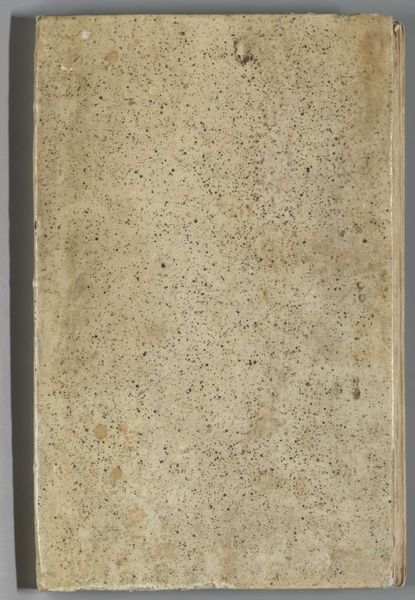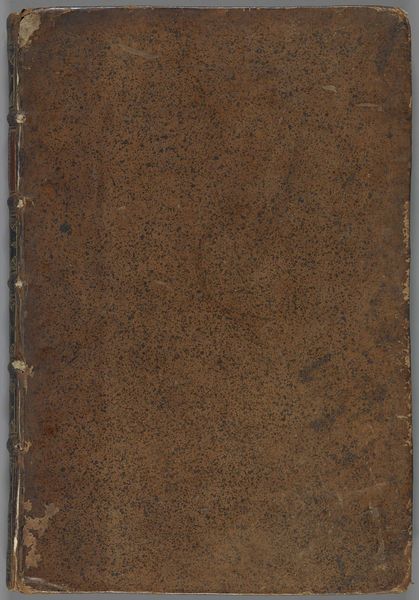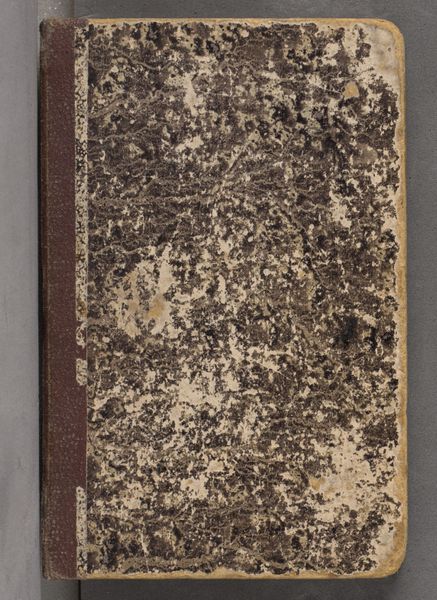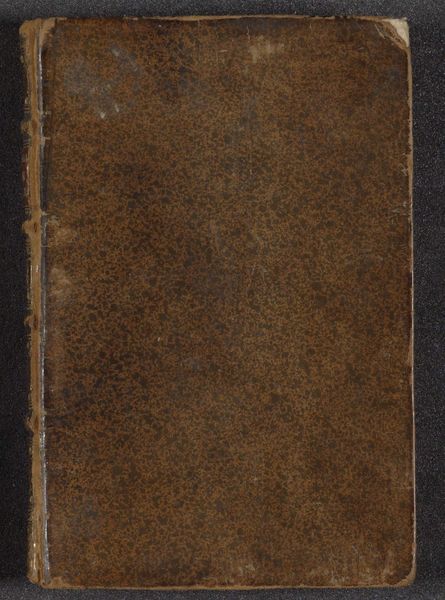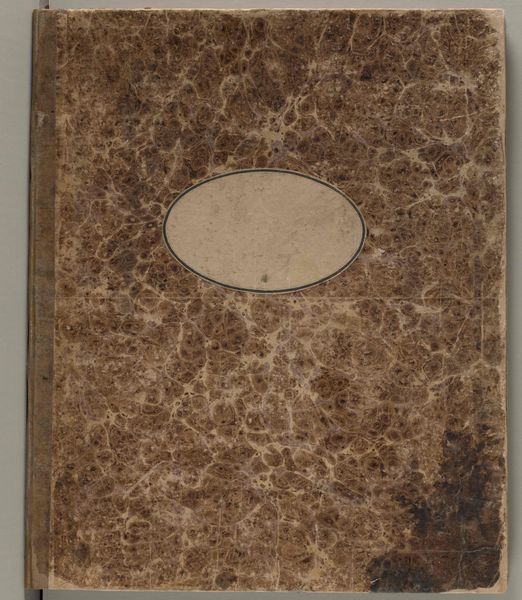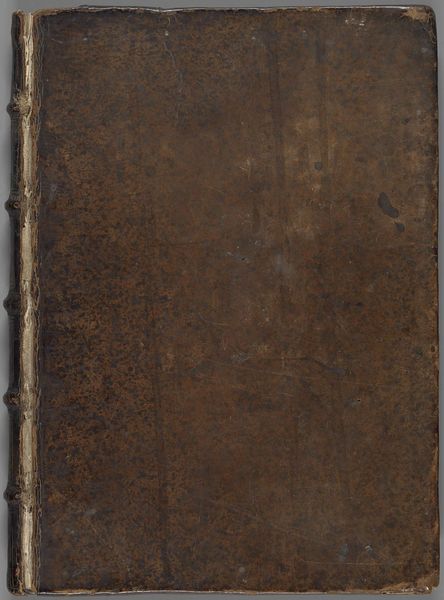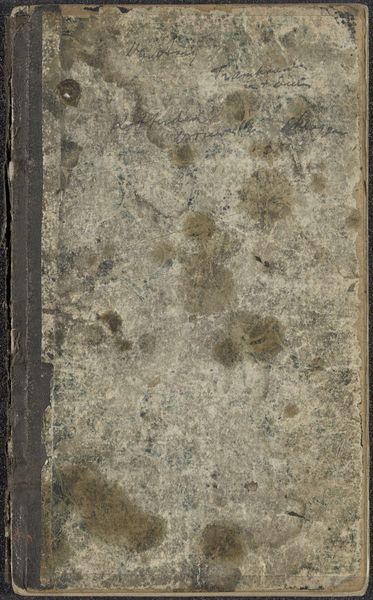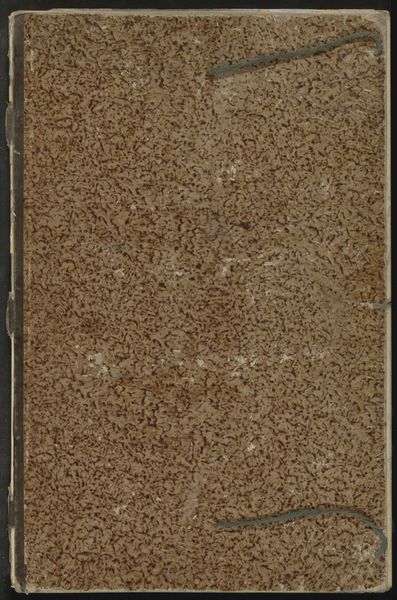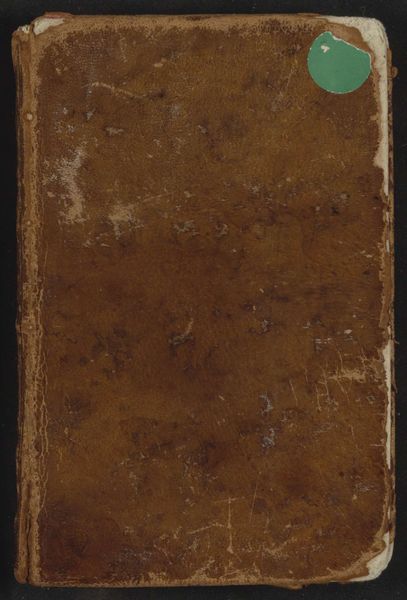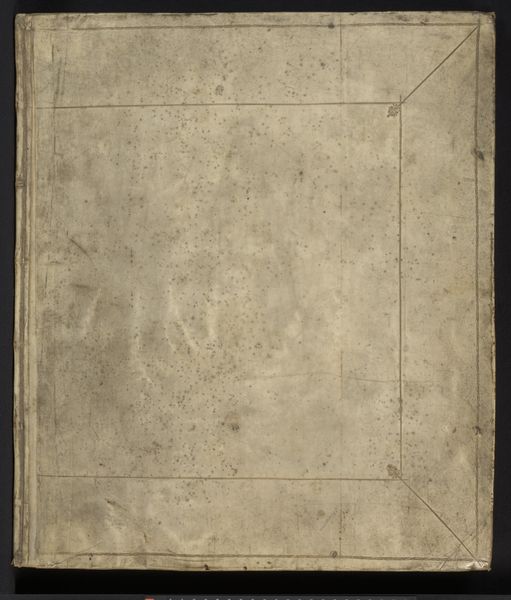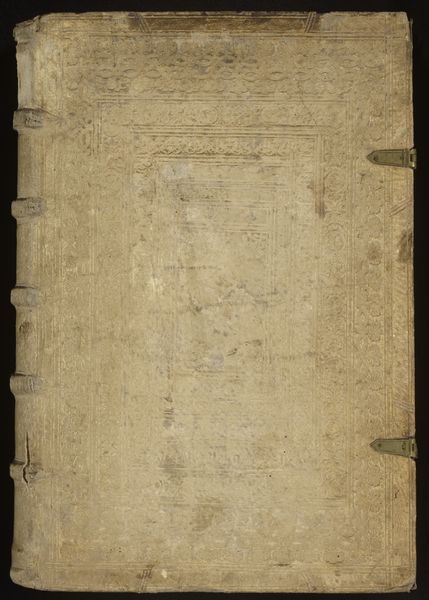
Schetsboek met 79 gekleurde tekeningen van de uniformen van schutterij en militairen, 1770-1796 1795 - 1796
0:00
0:00
drawing, paper
#
drawing
#
natural stone pattern
#
toned paper
#
worn
#
textured
#
paper
#
grainy texture
#
chalky texture
#
carved into stone
#
texture
#
history-painting
#
organic texture
#
subtle texture
Dimensions: height 200 mm, width 158 mm, thickness 23 mm, width 317 mm
Copyright: Rijks Museum: Open Domain
Editor: So, we're looking at a sketchbook with 79 colored drawings by S.G. Casten, dating from 1770 to 1796, depicting uniforms of the civic guard and military figures. The drawings are made on paper. What strikes me most is how aged it looks; there’s a clear sense of the passage of time. How do you interpret this work? Curator: It's interesting that you focus on age because for me, the sketchbook acts as a visual archive, a meticulously rendered record of the visual culture and sociopolitical landscape of the Dutch civic guard during a turbulent period, specifically prior to the Batavian Revolution. What can it reveal about societal structures, military organization, and even national identity in that era? Editor: That’s fascinating. It sounds like a powerful reflection of its time. The detail on the uniform would also be interesting, as these things were very costly and indicated who you are in society at this time, and the roles each member played in the social and political structure of the Netherlands at the time, right? Curator: Precisely. Each button, each colour choice speaks to socio-political hierarchies and aspirations. It prompts one to consider the intended audience and purpose of these drawings. Are these simple studies, fashion plates for officers, or more overtly political? These factors impact interpretation greatly. Do you feel that Casten sought to promote those structures, or simply reflect them? Editor: Good question. It makes you wonder about Casten's positionality during such upheaval. Curator: And isn’t that the most thrilling part about art from a historian's point of view? It’s less about simple representation and more about what that representation signifies about power, perception and agency in the social contexts that birthed it. It makes us see those historic events through different eyes, not the least the people depicted here. Editor: Definitely, seeing art as embedded within its specific cultural moment gives a far more insightful understanding.
Comments
No comments
Be the first to comment and join the conversation on the ultimate creative platform.
